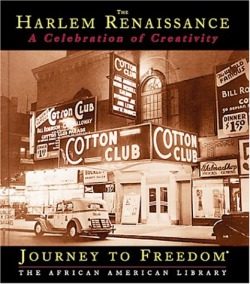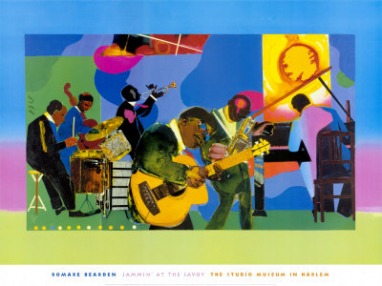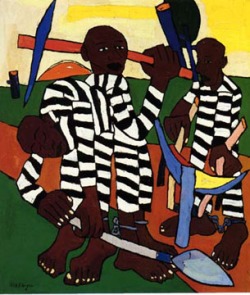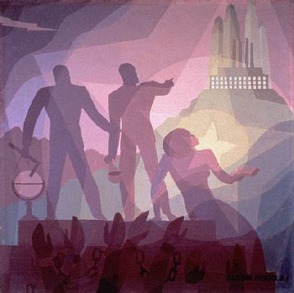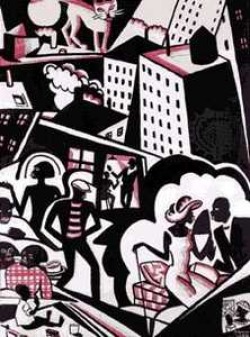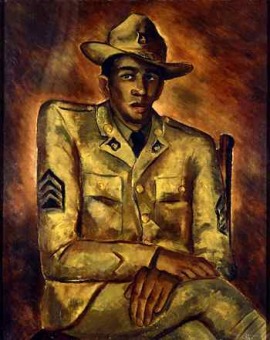The Harlem Renaissance
The Harlem Renaissance (also known as the New Negro Movement) refers to the flowering of African American intellectual life during the 1920s and 1930s. Historians disagree as to when the Harlem Renaissance began and ended. It is unofficially recognized to have spanned from about 1919 until the early or mid 1930s. As World War I approached, a shortage of labor ensued at the generous supply of European unskilled labor ceased to flow into New York City. From the southern states came vast numbers of African Americans attracted not only by the prospect of paid labor but an escape from the inherent inequities and blatant institutional racism of the South. There were various patrons of the arts, both black and white, including the very wealthy A'Lelia Walker who ran an influential salon, the Dark Tower from her home, Countee Cullen (the Romantic poet), Nora Thurston Zeale (anthropologist), Langston Hughes (playwright and poet) Three main political figures kept the hopes of freedom for African Americans alive and made Harlem a political hotbed of activities. The three figures were W.E.B. Dubois, the James Weldon Johnston and finally the charismatic Black Nationalist Marcus Garvey.
